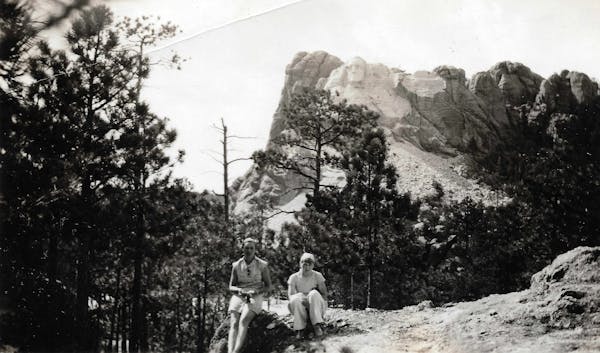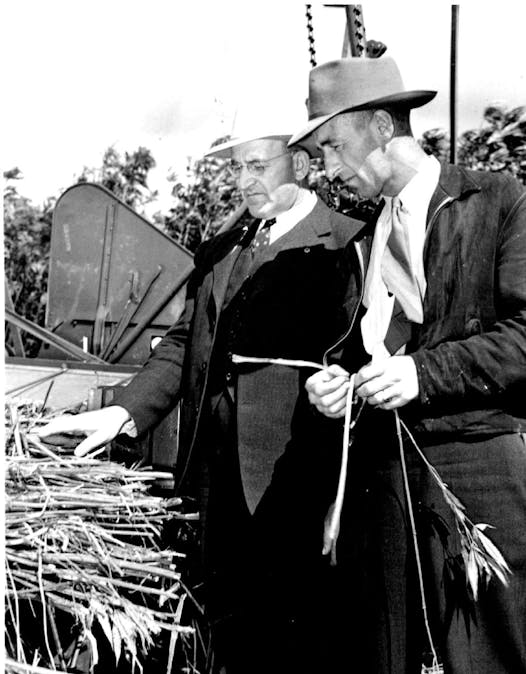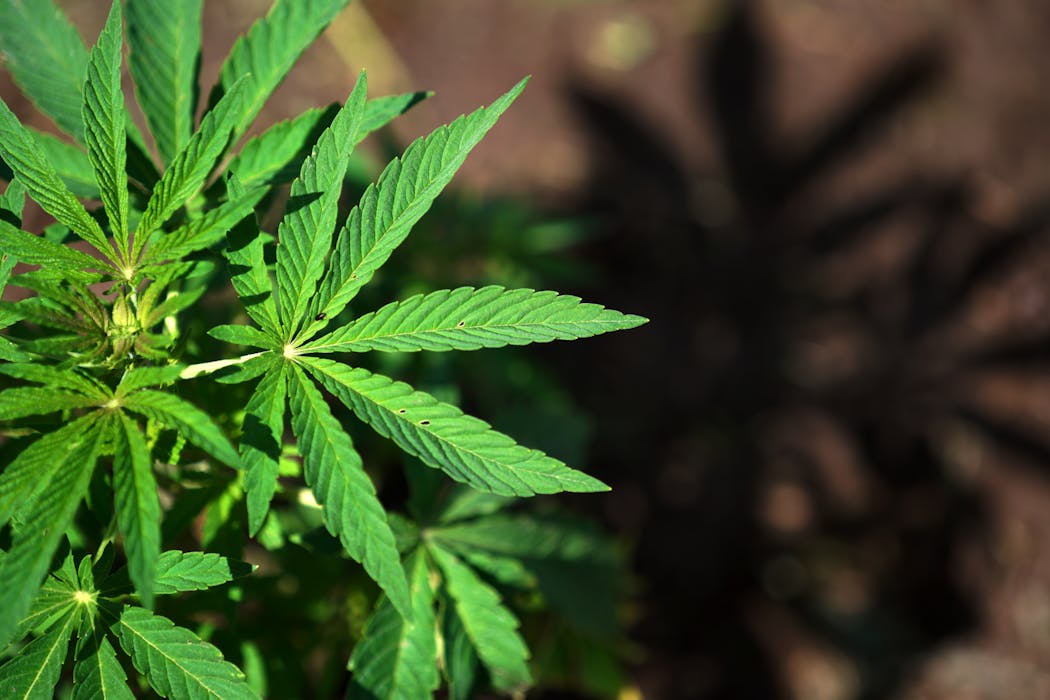Was Minnesota once home to U.S. government-sponsored hemp farms?
Listen and subscribe to our podcast: Via Apple Podcasts | Spotify | Stitcher
More Minnesota farmers are growing hemp nowadays after strict federal rules on the crop were relaxed. But the heyday of hemp farming here actually occurred during World War II — at the federal government's request.
Will Niskanen of Eden Prairie remembers his father telling him about the government-sponsored hemp effort when he was a child. He asked Curious Minnesota, the Star Tribune's community-driven reporting project fueled by questions from readers, for more information about wartime hemp cultivation in the state.
"The hemp industry used to be pretty important, especially in the southwest part of Minnesota," Niskanen said. "A lot of new ideas are not so new."
During World War II, the federal government put out an urgent call to farmers in Minnesota and across the country to grow hemp for fiber that could be used in military rope, uniforms and parachutes.
That was necessary to replace hemp imported from the Philippines, which had been cut off by Japan. Hemp was tightly regulated under federal and state law, but the federal government offered to buy it at "attractive prices" that "assure good incomes per acre," according to a 1943 University of Minnesota Extension pamphlet on the topic.
Minnesota farmers, mostly from the southern and western parts of the state, signed contracts to grow more than 40,000 acres of hemp, according to newspaper accounts at the time. The federal government built 11 plants in Minnesota to process the crop, out of 42 constructed nationally — largely concentrated in the Midwest.
Minnesota farmers were not starting from scratch when the federal government came calling. Southern Minnesota farmers had grown about 6,000 acres of hemp in 1934 and 1935. But they struggled to find places to process it, and to secure a guaranteed price for the fiber.
The war demand brought a sense of certainty to the volatile market. It also brought jobs to the state, with about 1,100 workers hired to help process the crop. They worked at hemp mills located in Blooming Prairie, Bird Island, Grove City, Hutchinson, Jackson, Lake Lillian, Montgomery, Mapleton, New Richland, Sherburn and Wells, according to a 1943 Minneapolis Tribune article.
Demand for hemp fell sharply after the war, however.
"Whoever got set up growing it and operating these hemp mills struggled to find markets," said George Weiblen, a plant biologist at the University of Minnesota who studies hemp.
A 1945 Minneapolis Tribune article stated that federal officials had moved on to tropical sources of hemp, which were cheaper. The U.S. hemp program was abandoned, and the mills were eventually closed.
Hemp continued to be heavily regulated. In 1970 the Controlled Substances Act effectively banned the production of any cannabis variety, including hemp — marijuana's nonintoxicating cousin.
Decades later, the crop re-emerged in Minnesota after Congress passed a farm bill in 2014 allowing states to study and grow hemp under pilot programs. Minnesota's hemp pilot program began operating in 2016. Two years later, a new farm bill officially legalized commercial hemp cultivation and removed hemp from the Controlled Substances Act.
Hemp farming in Minnesota has taken off since 2016, increasing from just six licensed growers to 461 in 2020, according to the Minnesota Department of Agriculture. More than 230 Minnesotans were licensed to process hemp last year.
But the total acres of hemp planted in the state actually decreased from 7,353 in 2019 to 4,690 in 2020.
"We're kind of seeing a leveling off in the industry," said Whitney Place, assistant commissioner of the state Department of Agriculture.
Place linked the drop in hemp production to demand for consumer CBD products, which exploded in popularity in 2019 but steadied in 2020. CBD, short for cannabidiol, is a component of cannabis that does not cause intoxication. Farmers who flocked to the hemp program in hopes of making CBD products have since learned it is a "really risky business," Place said.
Ten percent of hemp samples collected by the state Department of Agriculture in 2020 tested above the legal 0.3% tetrahydrocannabinol (THC) limit. THC is the psychoactive component of marijuana. High-CBD hemp varieties, which tend to be more volatile, accounted for 94% of failed samples.
"It's hard to predict the level of THC that it'll be producing," Place said. "I think we're kind of seeing some of that experimentation go away."
The percentage of hemp grown for CBD dropped from 74% in 2019 to 38% in 2020. Nearly half of the acres planted last year were for grain and 9% were for fiber.
State agriculture officials are currently focused on building up hemp processing infrastructure, Place said, especially for grain and fiber.
Weiblen said the shortage of processing plants is not the hemp industry's only challenge. There is little demand for hemp fiber products, he said, and that likely will not change unless large businesses throw their support behind hemp products.
"Who wants to build a mill to process hemp fiber when there's no market for it?" Weiblen said. "To amount to any significant acreage at all, we're going to need to see a lot more products made from hemp."
This story has been updated to include a description of CBD.
If you'd like to submit a Curious Minnesota question, fill out the form below:
Read more Curious Minnesota stories:
Why is recreational marijuana not legal in Minnesota?
Did German prisoners of war really work on Minnesota farms during World War II?
How many WPA projects were built in Minnesota as part of FDR's New Deal?
How many Minn. breweries existed before the microbrewery boom?
Why is Minnesota the last state with 3.2 beer?
How did these 11 Minnesota towns get their unusual names?





